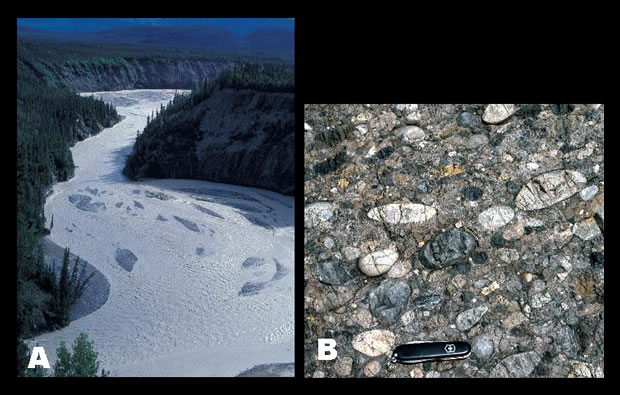
This river (A) carries so much sediment that there are places in the middle where islands of sand and gravel poke up above the water. Large pieces of sediment, like sand and gravel, are typically deposited in a fast moving river while smaller particles of sediment are carried away. The sediment is tumbled around in the river and eventually each piece becomes rounded like in the rock shown in (B). This sedimentary rock is called conglomerate. It was once the sediment in the bottom of a river.
Back to the Table of Environments
(A) Martin Miller, University of Oregon and (B) Bruce Molnia, Terra Photographics. Both images courtesy of Earth Science World Imagebank.
Last modified January 6, 2004 by Lisa Gardiner.
You might also be interested in:
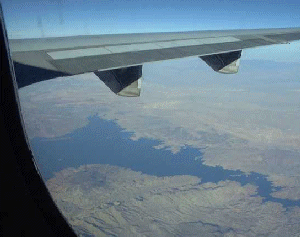
Rivers are very important to Earth because they are major forces that shape the landscape. Also, they provide transportation and water for drinking, washing and farming. Rivers can flow on land or underground
...more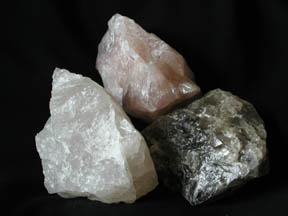
Spotting minerals is fun! There are many different types of minerals, each with a different name and a special set of characteristics. So, if you find a mineral that you do not recognize, you can use
...more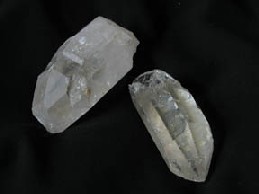
Quartz is one of the most common mineral in Earth’s crust! Silica (Si) and Oxygen (O) are the only elements within pure quartz. If a cooling magma has silica leftover after feldspars form, quartz is likely
...more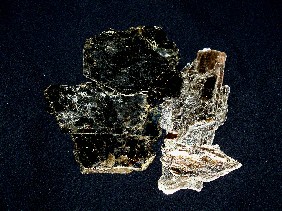
Mica minerals make some rocks sparkle! They are often found in igneous rocks such as granite and metamorphic rocks such as schist. They sparkle because light is reflected on their flat surfaces, which
...more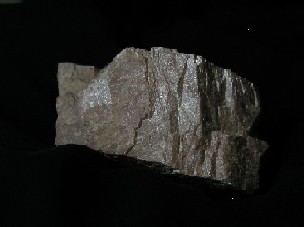
Feldspar is the most common mineral in the Earth’s crust, so you are very likely to find it in the rocks you collect! It is found it all of the three rock types, but is most common in intrusive igneous
...more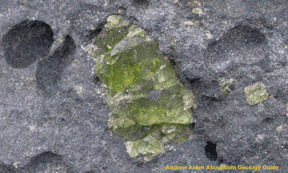
Olivine looks like little green crystals. It is typically found in some igneous and metamorphic rocks. Often the crystals are so small that you need to use your hand lens or magnifying glass to see them
...more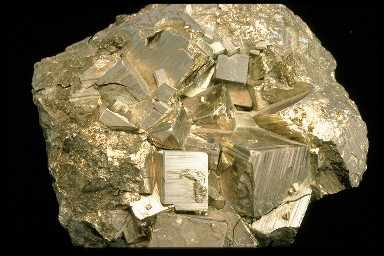
So far, over 2000 minerals have been found, and every year new ones are discovered. That's a lot of minerals! Don't worry! You don't need to know them all to be a rock hound. In fact, only a few dozen
...more















